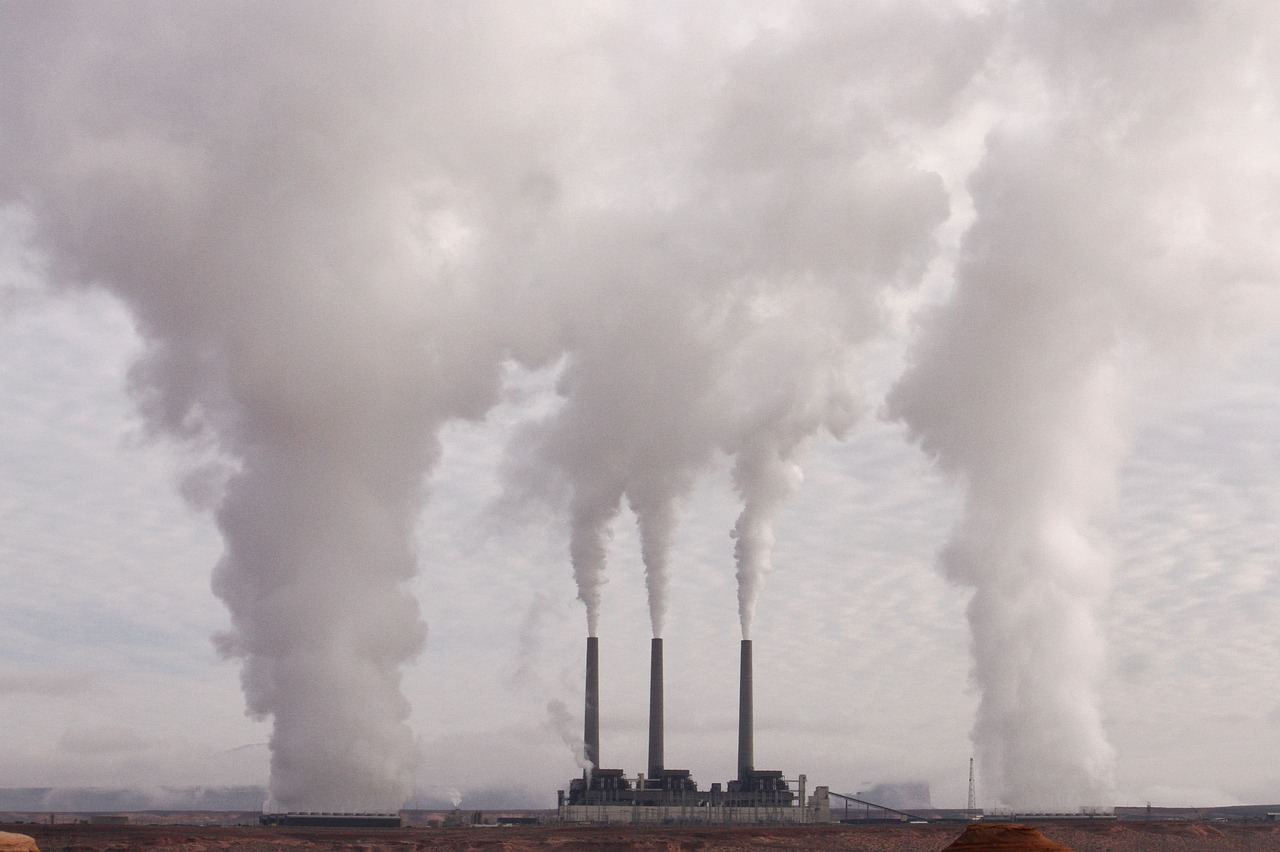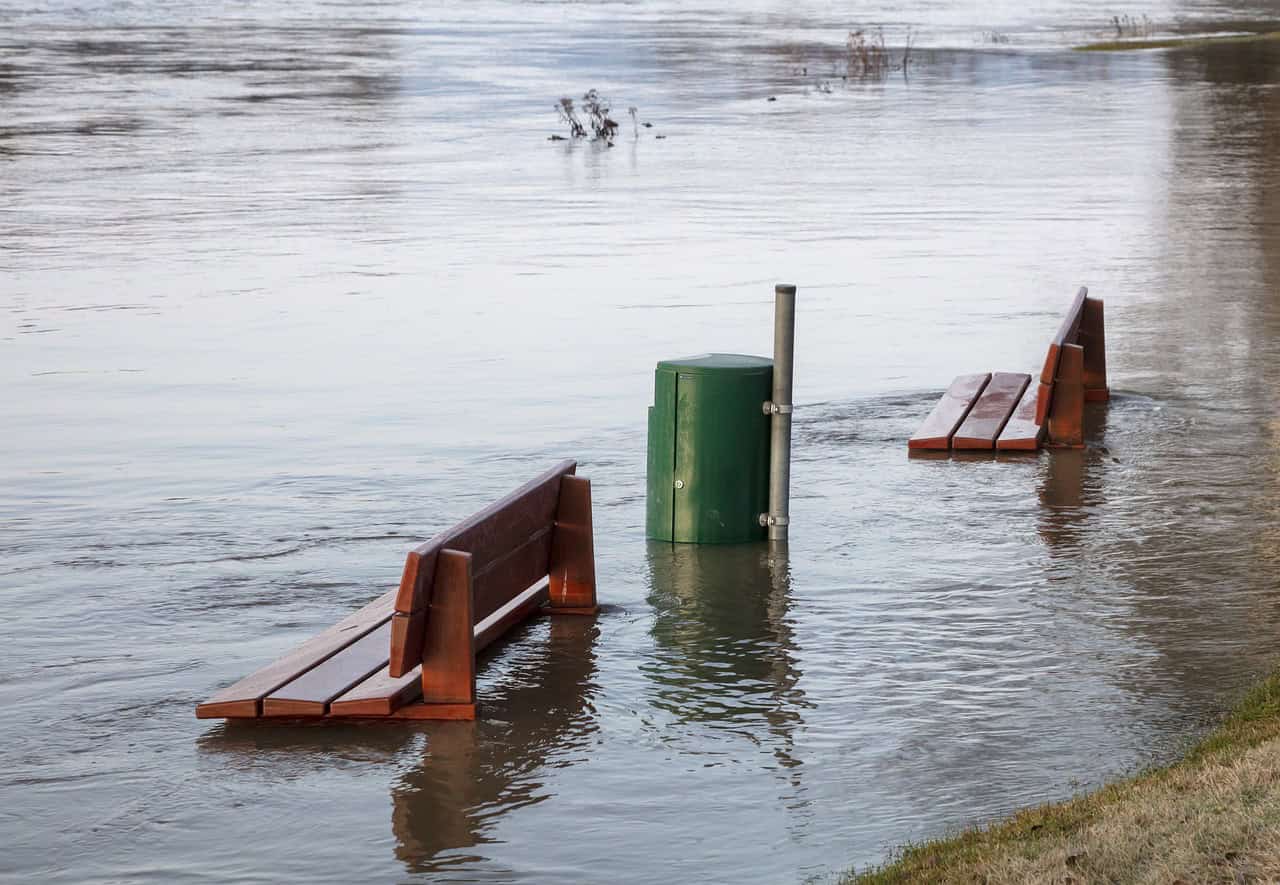
The Greenland ice sheet is giant, but as global temperatures rise, it’s melting. Now, AI monitoring might help scientists understand when sea levels will rise.
Researchers from the Geological Survey of Denmark and Greenland (GEUS) and University Of Copenhagen have used Artificial Intelligence to analyse thousands of satellite measurements which have revealed four variations in velocity across different locations on the Greenland Ice Sheet. This knowledge will be important when making future climate models regarding sea level rise.
The trawling of thousands of satellite measurements using artificial intelligence has shown researchers from the Geological Survey of Denmark and Greenland and University of Copenhagen that meltwater in tunnels beneath Greenland’s ice sheet causes it to change speed, and in some places, accelerate greatly towards the ocean. This can increase melting, especially in a warming climate, which is why the study’s researchers think that it is important to keep an eye on.

Tunnels beneath the ice
As meltwater from the surface reaches the bottom of the ice, it flows primarily towards the edge of the ice sheet through melted channels. The researchers have found that the design of these channels, also known as subglacial drainage pathways, affects the movement of the ice above.
If the channels, which act as a kind of drainage system, are poor at diverting water away, the pressure at the bottom rises and reduces friction between ice and bottom. This in turn causes the ice to move faster towards the ocean. And vice versa, if the drainage system is effective, the ice moves more slowly.
According to Anne Munck Solgaard, Senior Researcher at GEUS and lead author of the study, now published in Geophysical Research Letters, the drainage system is not a fixed array of pipes or channels of a specific size, but rather, pathways that develop during the melt season. They do this because, while meltwater can melt drainage systems larger, the ice flow works to close systems. As such, the drainage system can alternate between being efficient and inefficient.
Inefficient
“This results in four variations in the velocity of ice that we’ve discovered at various locations across the ice sheet. For example, the velocity can slow in the middle of the melting season, when meltwater is plentiful, because the drainage system suddenly becomes efficient. Or the system remains inefficient and under high pressure. So, the velocity accords with the amount of meltwater,” says Solgaard.
Thus, with their research findings they are able to see where on the ice sheet ice moves throughout different seasons of each year. This provides them with insight into what is happening beneath it and enables them to keep an eye on how it changes from year to year.

Huge Amounts Of Data Demand Artificial Intelligence
The researchers used artificial intelligence to detect and separate movement patterns in many thousands of measurements, which very quickly become unmanageable for human analysis. According to Professor Christine Hvidberg of University Of Copenhagen’s Niels Bohr Institute, co-author of this study, intelligent computing power is becoming increasingly necessary.
“In recent years, there has been an explosion in freely available satellite data from ESA’s Sentinel satellites and America’s Landsat. The data allows us to map out velocity changes with high resolution both temporally and spatially,” Hvidberg says.
Improving climate models with AI
“Our results provide a better understanding of how an ice sheet reacts to warmer temperatures and more meltwater which can help us develop future climate models,” explains Dina Rapp PhD student and co-author of this study.
With AI-analysed satellite measurements researchers have now been able to gain insight into what is happening beneath Greenland’s ice sheet. With this knowledge they can build more precise climate models for sea level rise which will be critical as global temperatures continue to rise.








